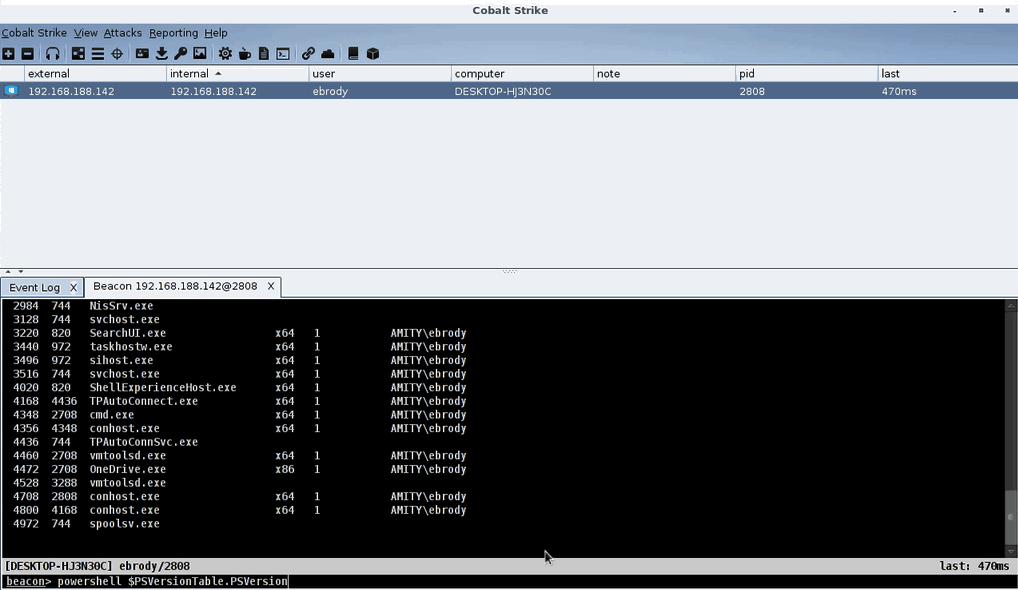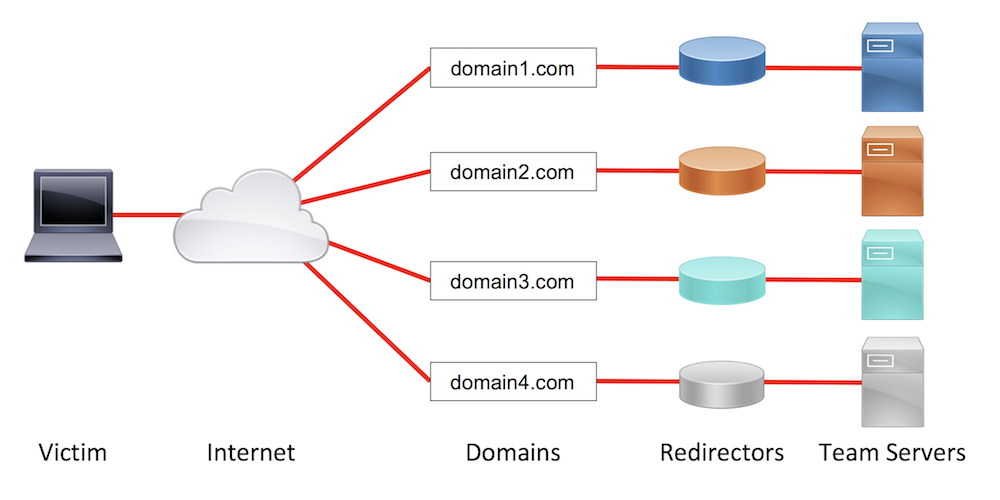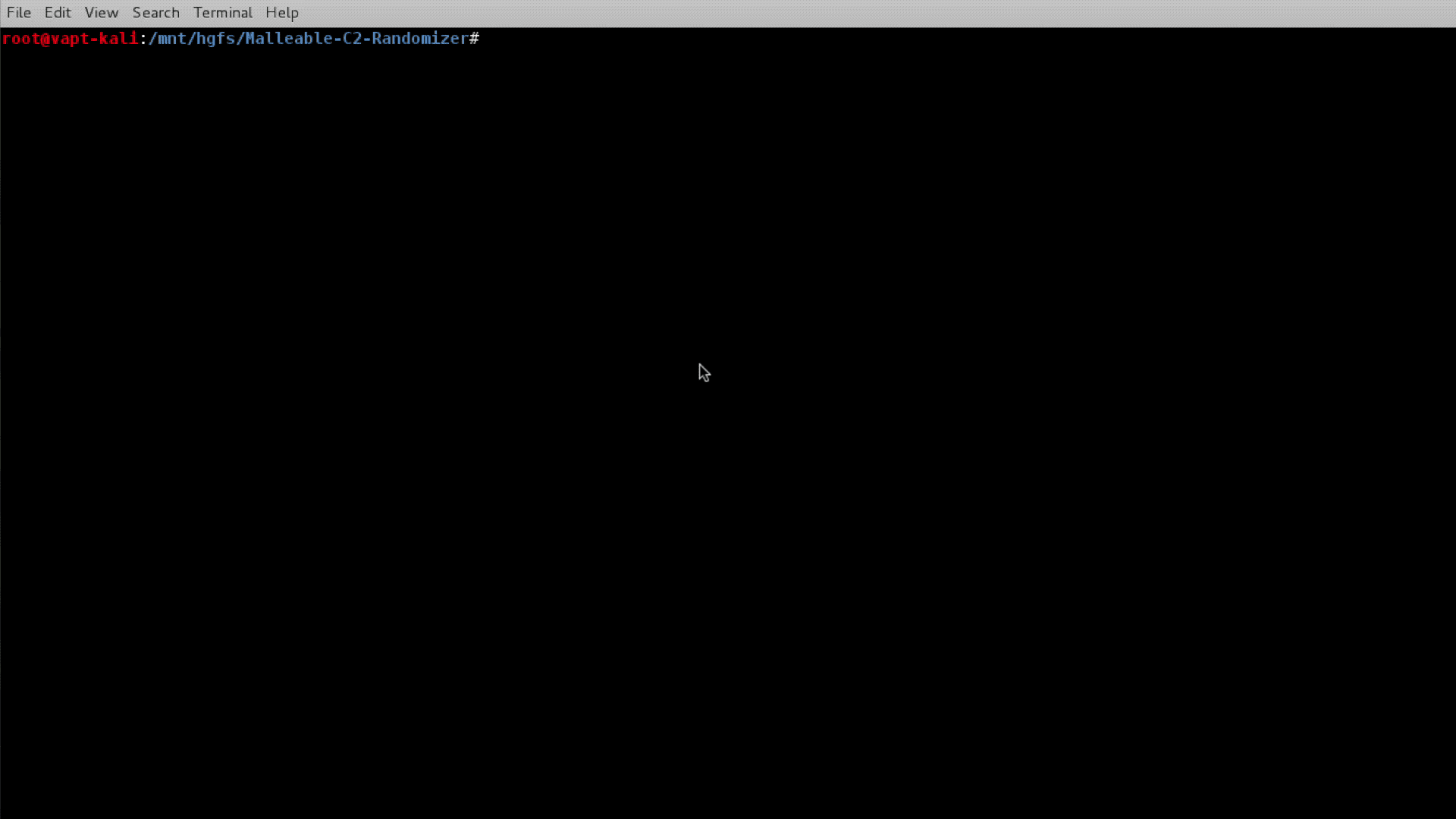
HTTPS Payload and C2 Redirectors
I’ve written rather extensively about the use of redirectors and how they can strengthen your red team assessments. Since my first post on the topic, the question I’ve received most frequently is about how to do the same thing with HTTPS traffic. In this post, I will detail different HTTPS redirection methods and when to use each. I’d like to give a shoutout to Joe Vest (@joevest) for building HTTPS command and control (C2) redirection into his cs2modrewrite tool and figuring out some of the required Apache configurations for such redirection. Dumb Pipe Redirection Redirectors can best be described as fitting into one of two categories: dumb pipe or filtering. As its name suggests, the “dumb pipe” redirectors... [Read More]






